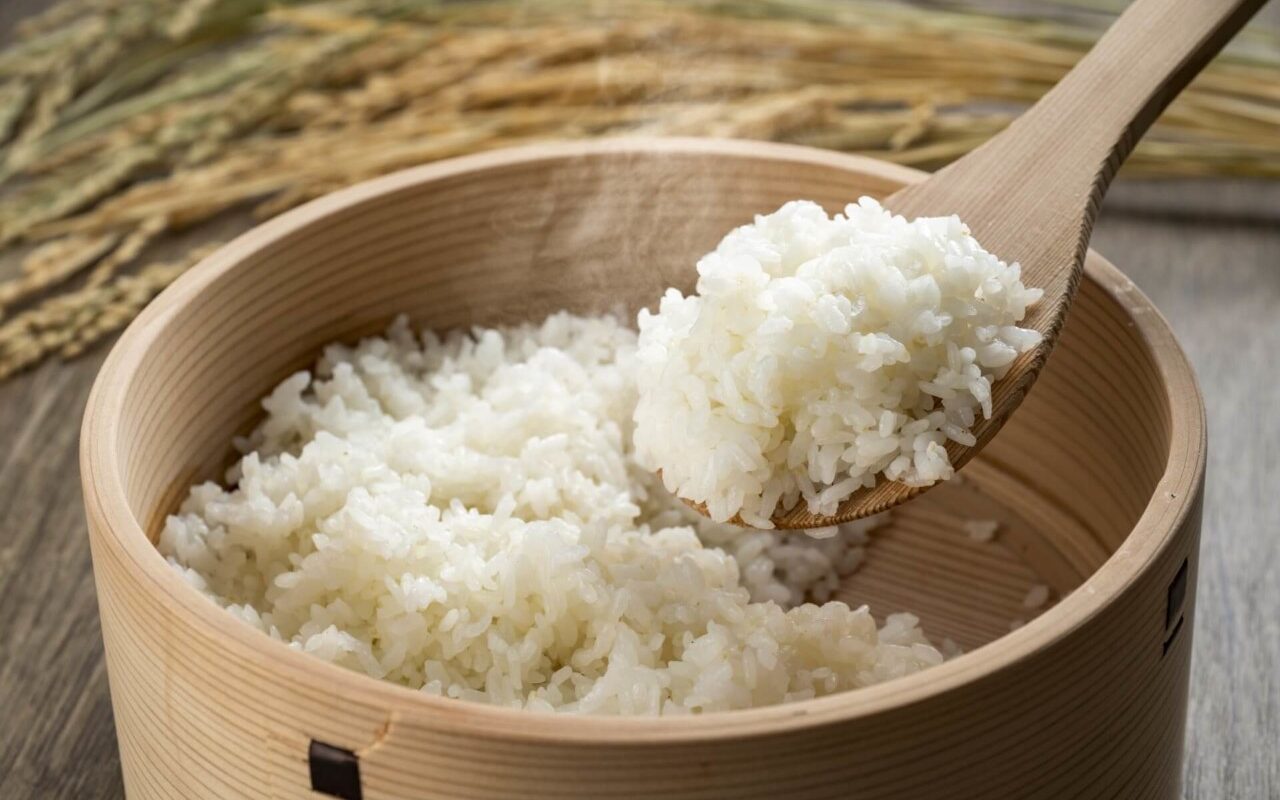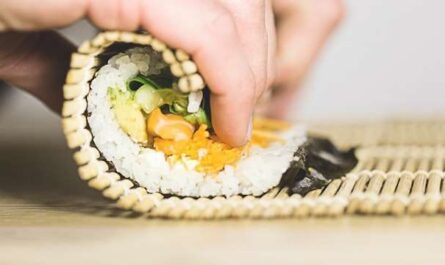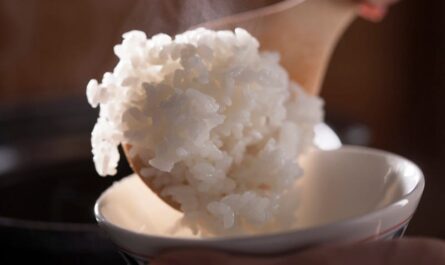The history of sushi rice use is a fascinating tale that intertwines with the cultural and culinary evolution of Japan. From its humble beginnings to becoming a global culinary icon, the story of sushi rice is deeply rooted in tradition and innovation. This article explores how sushi rice has evolved over centuries and how it continues to captivate the taste buds of sushi lovers worldwide.

The Origins of Sushi
The origins of sushi can be traced back to Southeast Asia, where it was initially developed as a method of preserving fish. This ancient technique involved packing fish in fermented rice, which acted as a natural preservative. Notably, this method did not involve consuming the rice; instead, the rice was discarded after fermentation.
Fermented Rice: The First Step
In the early days, fermented rice was used primarily as a preservation method. The process, known as Narezushi, involved wrapping fish in fermented rice, which helped in preserving the fish for several months. This method of preservation eventually made its way to Japan, where it began to evolve into the sushi we know today.
The Transition to Edible Rice
As sushi made its way to Japan, the concept of consuming the rice along with the fish began to take shape. During the Edo period, people started using vinegar to season the rice, which not only enhanced the flavor but also reduced the fermentation time. This new form of sushi, known as Nigirizushi, became popular in Tokyo (formerly Edo) and marked a significant shift in the history of sushi rice use.
The Role of Vinegar
The addition of vinegar to the rice was a game-changer. It gave the rice a tangy flavor and made it more palatable. The seasoned rice became an integral part of the dish, unlike the original Narezushi, where rice was discarded.
Modern Sushi Rice Techniques
Today, sushi rice is prepared with great precision, using techniques that have been perfected over generations. The rice is typically seasoned with a mixture of vinegar, sugar, and salt, offering a delicate balance of flavors that complement the fish beautifully.
The Importance of Rice Quality
The quality of rice plays a crucial role in sushi preparation. Sushi chefs often use short-grain Japonica rice, known for its sticky texture, which is ideal for sushi making. The choice of rice can significantly impact the overall taste and texture of the sushi.
The Global Influence of Sushi
As sushi gained popularity beyond Japan’s borders, the demand for sushi rice soared. Today, sushi is enjoyed worldwide, with variations that reflect local tastes and ingredients. Despite these changes, the fundamental role of rice in sushi remains unchanged.
Adaptations and Innovations
In different parts of the world, sushi rice has been adapted to include various flavors and ingredients. For instance, in the United States, sushi rolls often feature ingredients like avocado and cream cheese, offering a unique twist on the traditional dish.
The Cultural Significance of Sushi Rice
Sushi rice is not just a culinary ingredient; it holds cultural significance. It represents a connection to Japanese heritage and culinary tradition, symbolizing a blend of art and gastronomy.
Sushi Rice in Festivals and Traditions
In Japan, sushi rice is often featured in festivals and celebrations, highlighting its cultural importance. It serves as a reminder of the rich history and tradition associated with this beloved dish.
The Future of Sushi Rice
As we move forward, the future of sushi rice looks promising. With advancements in agricultural techniques and a growing awareness of sustainability, the production and use of sushi rice continue to evolve.
Sustainability and Innovation
Efforts to ensure the sustainability of rice production are gaining traction. Innovations in farming practices and a focus on ethical sourcing are paving the way for a more sustainable future for sushi rice.

FAQ Section
What is the traditional method of sushi rice preparation?
The traditional method involves seasoning the rice with vinegar, sugar, and salt, creating a balance of flavors that complements the fish.
Why is short-grain rice preferred for sushi?
Short-grain rice, like Japonica, is preferred for its sticky texture, which helps the rice hold its shape, making it ideal for sushi.
How has sushi rice adapted in different cultures?
In different cultures, sushi rice has been adapted to include local flavors and ingredients, resulting in unique variations of traditional sushi.
For more information on the different types of rice, you can visit Real Simple.
Explore the ethics of sushi rice sourcing by reading this article on traceability.
This article contains affiliate links. We may earn a commission at no extra cost to you.




